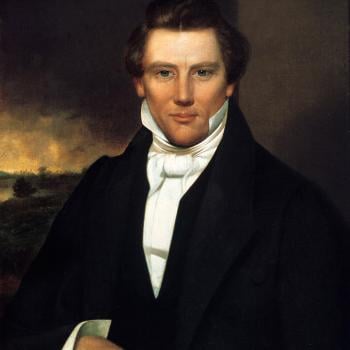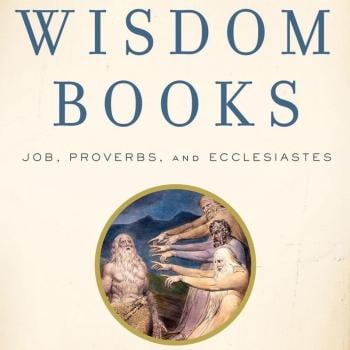Q.I don’t really find the distinction between a literary Adam and Eve and an historical one all that helpful in dealing with the NT writers and speakers themselves. Jesus, Paul, and others were dealing with stories they assumed were true in some sense and had some historical foundation or core. More helpful is the distinction between the more literal and figurative/metaphorical dimensions of an ancient saga. I appreciated your listing of things you found fantastical in some of these ancient sagas, but I can hear my students asking you— ‘where exactly do you draw the line between fact and poetic license, especially since you really believe in the miraculous. It sounds like a slippery slope to say ‘well Jesus was just talking about the figures in that story, not making historical claims’. Comments?
A. I think that the difference between a literary figure and a historical figure becomes absolutely crucial for dealing with New Testament authors’ references to figures in Jewish folklore and pseudepigrapha such as I describe in the book. We don’t want to be committed historically to things like the dispute over Moses’ body, Jannes and Jambres, and the well that accompanied the Israelites through the desert during their wilderness wanderings! But by the same token we may similarly not be committed by various New Testament references to certain Old Testament stories to the historicity of those accounts. We are committed to historicity in a case in which the figure is said to have effects in the world outside the literary work, e.g., Adam in Rom 5. The distinction between literal and figurative/metaphorical language is a quite different distinction than this one.















